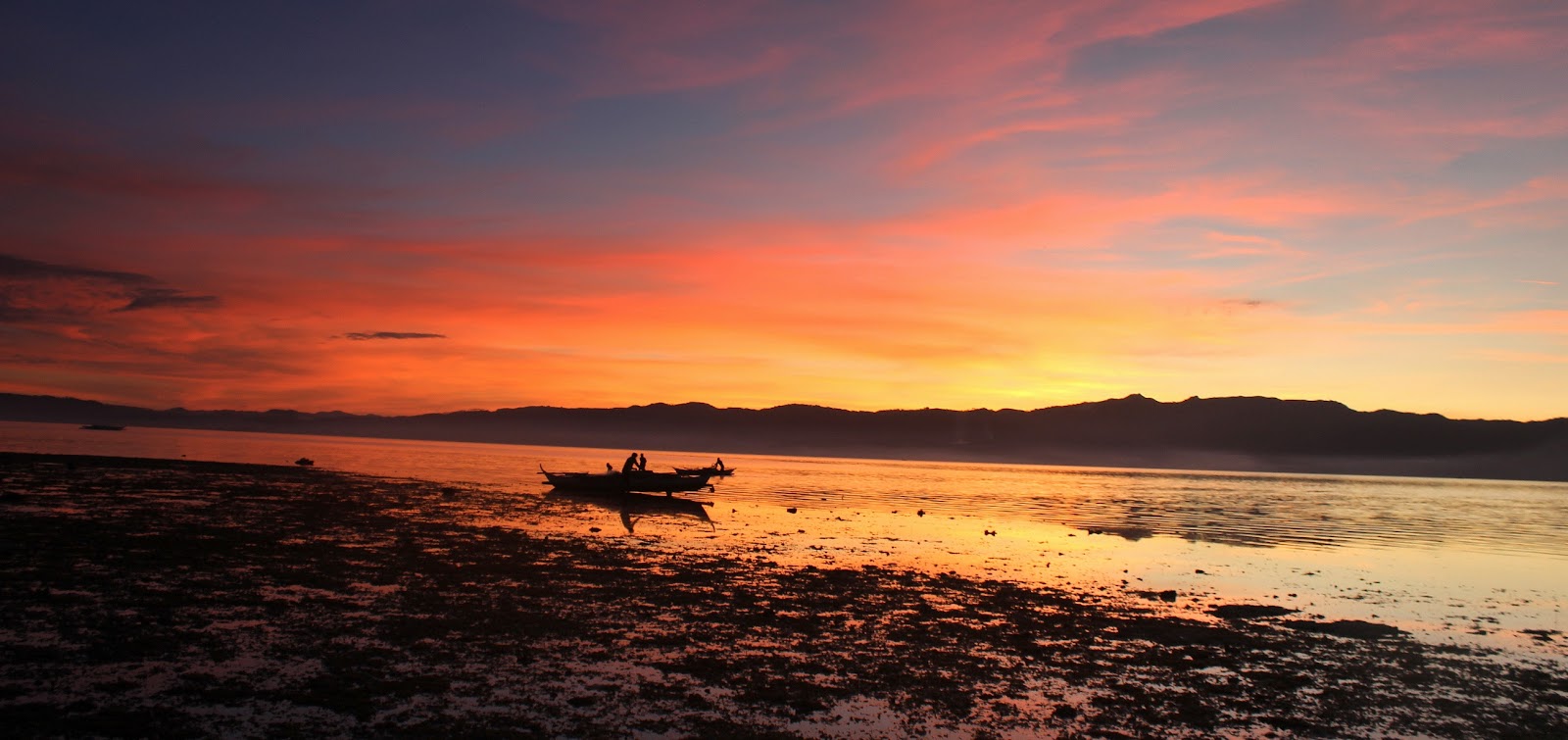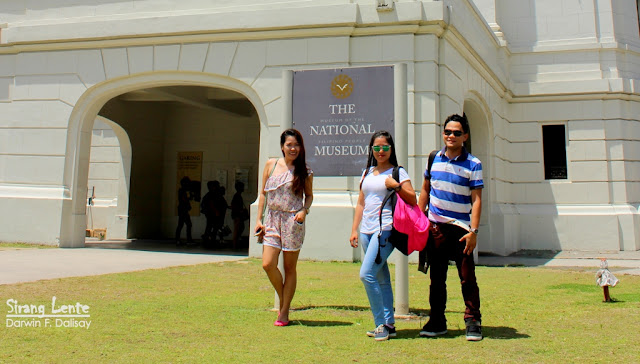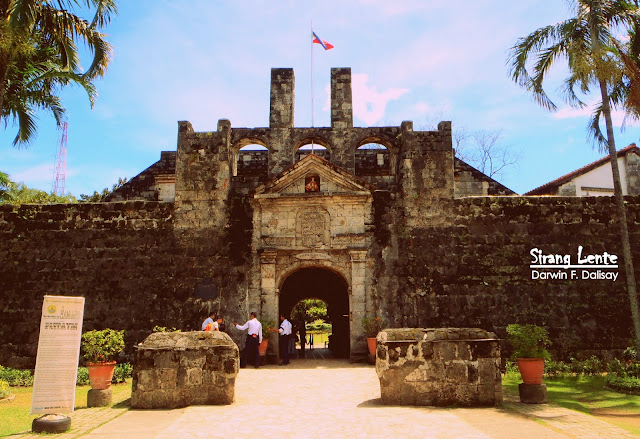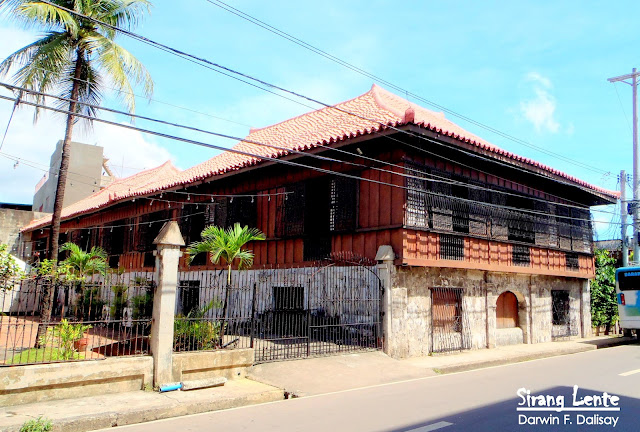
Matukad Island is special among the other islands of Caramoan group of islets because it is guarded by a majestic creature; plus it has a long stretch of fine white sand, crystalline water, surrounded by greeneries and the wind is delicate, cool and fresh. Instead of renting an air-conditioned room at Brgy. Paniman, we camped by the beach and stayed here for about twelve hours, enjoying its goodness.









